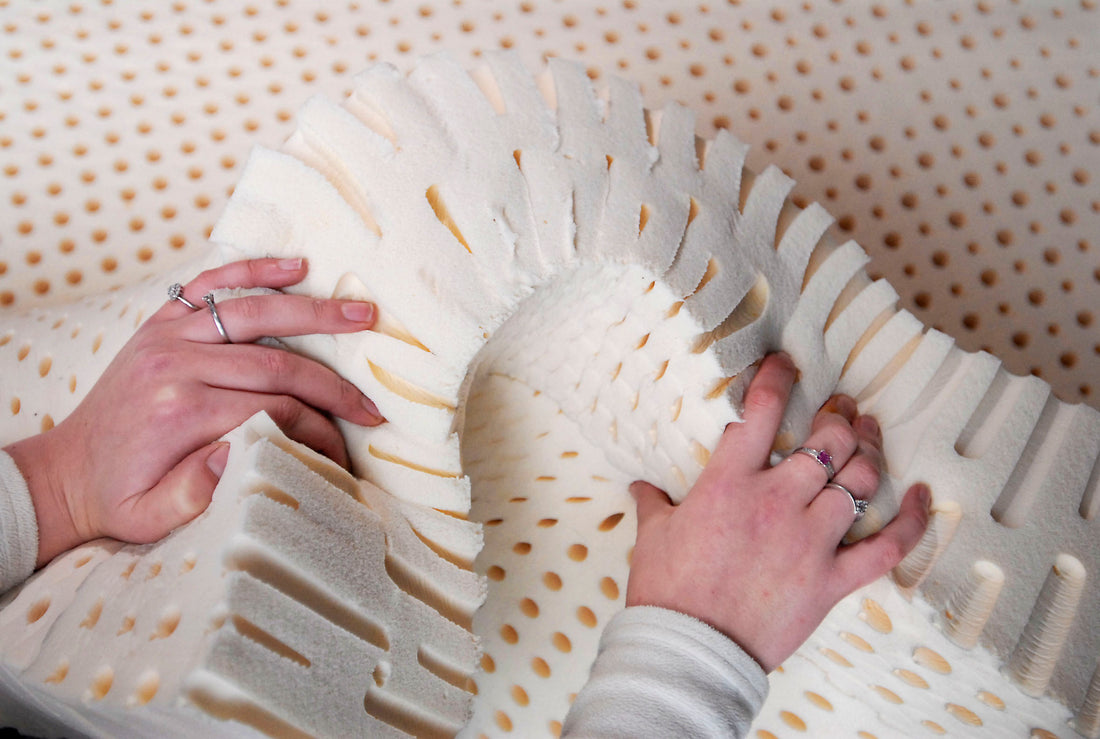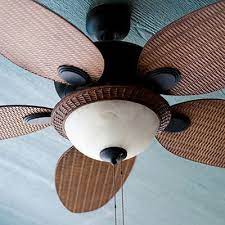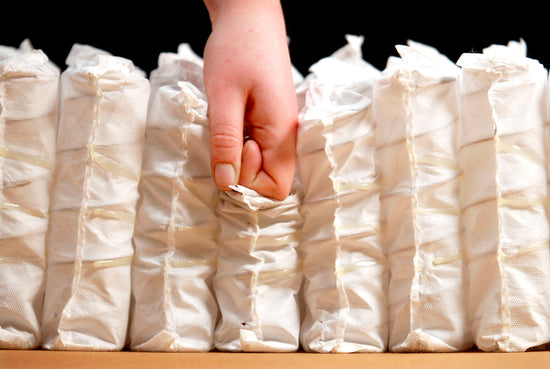Where does latex come from ?
Natural latex comes from the milky sap harvested from the rubber tree (Hevea Brasiliensis). It’s said that rubber trees originally grew in Brazil, but over the centuries they have been planted across the globe and can now be found in the tropics of South East Asia and Africa.
Latex is harvested by stripping a thin layer of bark from the tree, the sap then runs out and is collected in a cup. The milky coloured sap is thick and viscous and can be made into a whole range of different things from gloves to pads for mattresses.
History of the latex mattress
Latex wasn’t used to make foam until the earlier half of the 20th century. E.A. Murphy, a British scientist for the Dunlop company, is thought to be credited for producing the first latex foam in the late 1920’s. While this opened the possibility for latex mattress construction, it took five years of research and development before they worked out how to create the bubbles needed to produce a latex mattress. Eventually, latex mattress construction evolved into the Dunlop and Talalay processes we know of today.
How did this discovery happen? All it took was a thinking out-of-the-box moment when Mr Murphy thought to use of his wife’s whisk to whip up latex! Apparently other people at the company weren’t all that impressed with his discovery, but they soon changed their minds when they saw the way that the rubber could be moulded and the amazing cushioning it provided.
The whipped latex become a huge success, and quickly become used in such things as seat cushions in motorcycles and cars, and later airplane cockpit seats. Then, as early as 1931, the first latex mattress was introduced. In addition to comfort, the initial latex mattress was marketed as a mattress that saved time because it didn’t need to be turned.
How is a latex pad made?
There are two famous production processes for making latex foam for mattresses: Dunlop and Talalay. Both involve whipping up rubber sap into froth and steam baking it, but the Talalay process also freezes the latex foam in a vacuum chamber. The Talalay freezing process consumes a lot of energy for little gain, which is something to take into consideration when choosing an environmentally friendly mattress.
What to consider when buying an organic latex mattress
First of all make sure that what you’re buying is genuine latex! Here are the definitions for latex that’s commonly sold in the UK.
Pure Latex. A pure latex mattress is made from a blend of 20% latex and 80% synthetic. But that can’t be right I hear you cry! But yes, that is correct.
Natural Latex. It must be OK if it’s natural surely? Sadly, no. Natural latex can be made up of just about any percentage of ‘real’ latex, and the synthetic stuff. Some retailers will come clean about that, others may not even know.
Graphite Latex. This is a mix of graphite and latex. It’s easily spotted because the graphite turns the latex a grey colour. The mix is roughly 70% synthetic to 30% latex.
100% Natural Latex. This is the real thing!
Measuring a bed for a latex mattress
Latex mattresses are often bought for beds which are non- standard sizes since it’s easy to shape. So whether you’ve got a four poster or an awkward size bed that’s been built to fit in a particular space, latex does the job really well. It’s perfectly possible to make a latex mattress to any shape or size but it’s really important to get the measurements right. If the bed is a four poster or one in which the mattress sits within a wooden frame, then having the right shape and size mattress is crucial. Pictures are always helpful, an accurate drawing with the correct length and width even more so. Remember that if you’re putting your latex mattress into a wooden box frame that the mattress needs to be 2 centimetres or so smaller otherwise it’s really difficult to tuck a sheet in.
What sort of bed can I put a latex mattress on?
A latex mattress will sit quite happily on any sort of frame so long as it is properly supported. So if you’re using a slatted base, please make sure that the gap between the slats is no more than about 5 cms, ( 2” ). If the gap is much more than that and you want to keep the bed please give us a call as we have solutions. It’s always best to put a mattress made from natural materials on to a base that allows it to breathe. A slatted base is perfect, but if your bed has a box base or is a divan style then the materials inside may well be man-made and not breathable. You can prolong the life of your mattress by putting a wool blanket between the mattress and the bed base. That will give the mattress a better surface to sit on in the case of a divan type bed and will reduce wear if the base is made of wooden slats.
How long will a latex mattress last
A latex mattress will last a long time if it’s looked after properly. We have customers who have had theirs for more than 20 years and they’re still going strong. All mattresses made with natural materials benefit from being stripped back and allowed to air once a week. The mattress also ought to be turned regularly.
Abaca 100% natural organic latex mattresses
Our Abaca organic latex mattresses are made in three different types:
They are each available in soft, medium or firm, and can be made to any size.





